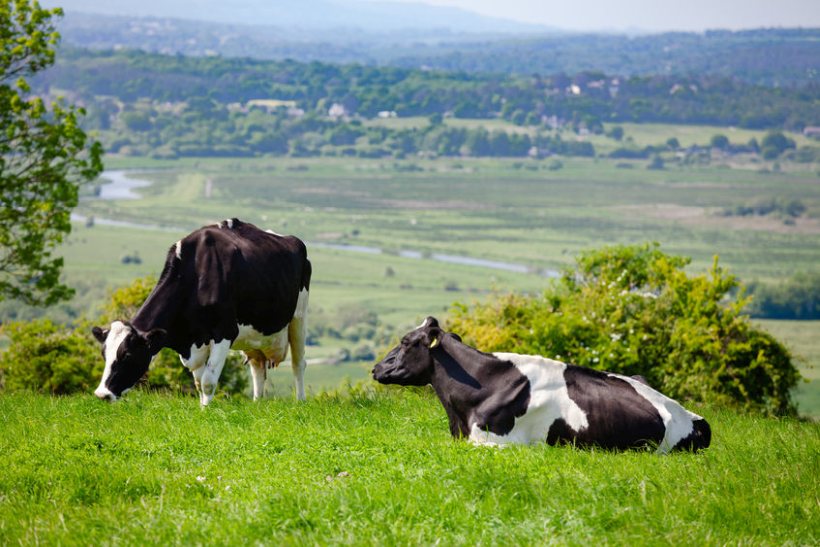
A report assessing the carbon intensity of UK livestock farming warns that currently technologies cannot deliver even half of the government's net zero by 2050 goal.
The Committee on Climate Change recommended a 64% reduction in greenhouse gas emissions from the agriculture and land-use sector to meet a 2050 net zero carbon target in the UK.
Whilst livestock does not have a specific target, it is considered that the same target is appropriate.
But if all known methods for mitigation of emissions were taken up, the livestock sector could only deliver 19% of the aspirational carbon reduction target by 2035, the Centre for Innovation Excellence in Livestock (CIEL) report shows.
In the most recent national assessment of the UK’s emissions, agriculture was responsible for 10% in 2018, with nitrous oxide and methane emissions accounting for 31% and 56% respectively.
Most methane emissions (87%) originate from livestock as part of their natural digestive process, so almost half (49%) of all agricultural emissions come from ruminant livestock.
The report concludes that a combination of greater investment, improved carbon accounting and education resulting in adoption, are required for the UK livestock industry to achieve its net zero carbon goal within the next 30 years.
The report's lead scientist Professor Bob Rees, from Scotland's Rural College (SRUC), stressed the need for new innovations to cut emissions beyond the levels that currently known mitigation strategies will deliver.
He highlighted the urgent need to advance technologies and develop new innovations to address the issue.
“Livestock farming is an integral part of UK agriculture, our landscape and food systems, but it’s a complex system involving flows of carbon, nitrogen, water and atmospheric gases," he added.
“In order to help balance the reduction in emissions with the production of high-quality nutritious food, a combination of strategies is needed.
"These must consider all dimensions of sustainable agriculture including carbon efficiency, soil health, animal health and welfare, and much more.
“And for that we need more innovation, collaboration and widespread adoption,” he said.
The report will now be used to inform the debate about climate change and the role livestock can play to reduce emissions that contribute to global warming.
Lyndsay Chapman, CIEL chief executive said: “We wanted the report to review current knowledge and identify areas where there are gaps in our ability to measure or achieve the target reductions in emissions set for UK agriculture.
"We also wanted to provide benchmarks for the carbon footprint of farmed livestock, hotspots where the greatest emissions occur and where there are opportunities to focus future efforts to reduce emissions.”
Dr Elizabeth Magowan, from the Agri-Food and Biosciences Institute (AFBI), coordinated the report, and said the intention was for it to be used as a baseline to drive change throughout the livestock supply chain.
“It is a call to action. While the industry is making steps in the right direction, the ambition to achieve the UK’s target is huge and known technologies and practices can only get us part of the way."
